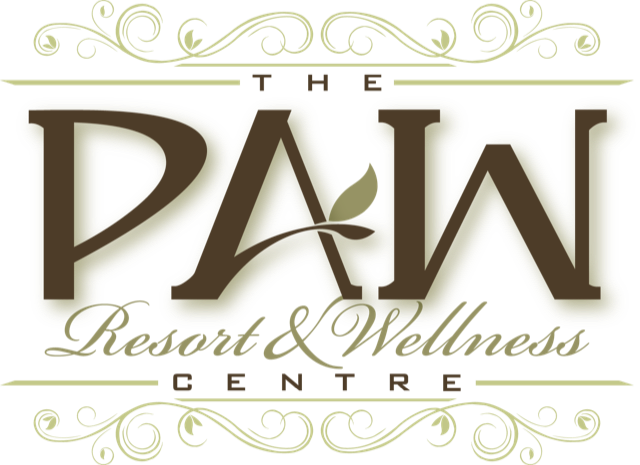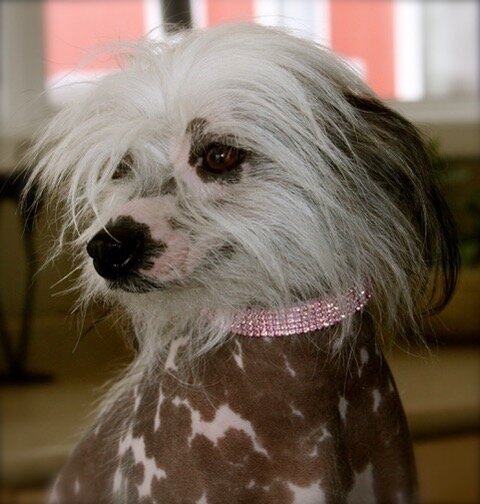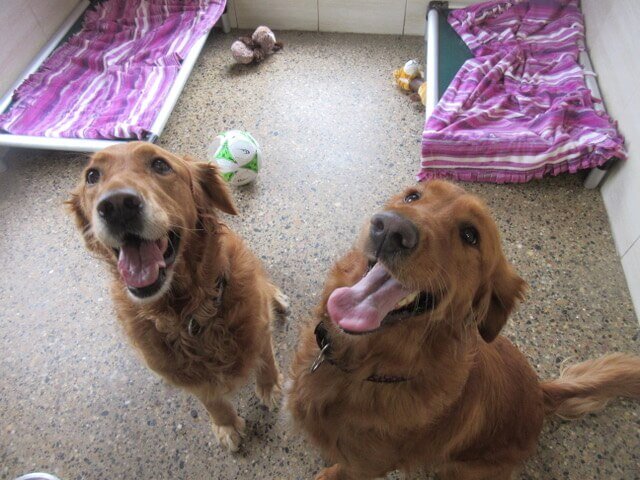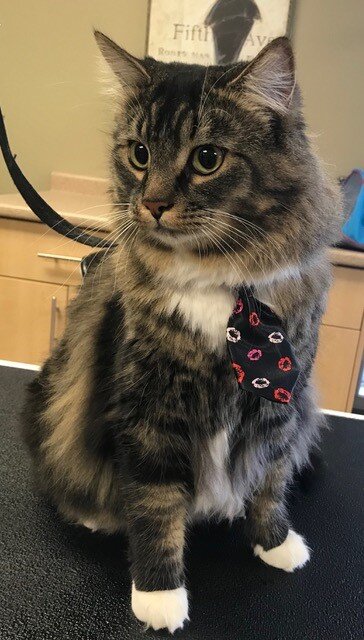Many pet owners overlook the importance of oral hygiene for their beloved dogs. More often than not, you may dismiss bad breath as a natural product of a dog’s diet. While your dog’s breath will never be minty fresh, an atrocious smell coming out of its mouth may mean that it is suffering from gum disease!
A vast majority of adult dogs suffer from gum disease. Fortunately, this prevalent condition can be easily resolved with good oral hygiene habits. Here are the three best practices to keep your fur baby’s mouth as clean as possible:
1. Brush Your Dog’s Teeth Everyday
It may seem daunting at first—but worry not! You’ll be able to insert teeth brushing into your dog’s daily habits in no time. Approach it in a similar way to obedience training. All it takes to teach your dog to get used to getting his teeth brushed is patience, repetition, and treats.
First, make sure that you have dog-appropriate toothbrushes and toothpaste. Your veterinarian or local pet store should have them on hand. At first, you will need to get your dog used to having his mouth touched. Slowly work your way up to getting a toothbrush in his mouth and brushing in circular motions. Make sure to get to all his teeth—bacteria can feast on food crumbs within 24-36 hours of ingestion.
While training, give him treats and positive reinforcement when he follows your instructions. If your dog continues to resist your tooth brushing attempts, you can try to settle him down after a long walk. This way, he’ll be too tired to protest too much!
2. Give Your Dog Dental Treats
Some synthetic bones and chew toys are designed to strengthen a dog’s gums and teeth. For example, a rawhide bone can scrape away tartar buildup and keep teeth healthy, while all-natural chews have enzymes that promote dental health. Products that carry the Veterinary Oral Health Council (VOHC) seal can effectively control plaque and tartar in dogs—so watch out for those products on your next trip to the pet store!
It’s best to avoid objects that are bad for your dog’s teeth, too. Ice, cow hooves, and bones can cause chipped teeth and can be dangerous if ingested. Meanwhile, tennis balls—although popular for playing with your pet—can cause wear and tear on the tooth’s surface.
You can also ask your veterinarian if your dog needs a special diet for his teeth. Some types of kibble are specialized for teeth cleansing. While these VOHC-approved treats and toys may help with dental health, they are no substitute for regular, thorough brushing sessions.
3. Take Your Dog to the Vet for Regular Cleanings
Just as humans need regular dental cleanings to maintain oral health, dog teeth need professional attention, too. When you take your dog in for his semi-annual checkup, the veterinarian will do a general inspection of his teeth. You should also ask for a full dental exam at least once a year—x-rays and thorough professional cleaning will go a long way in maintaining your dog’s dental health.
Professional dental cleaning involves scraping at the plaque with a scaler and a thorough inspection of the gums for signs of periodontal disease. Your veterinarian will tell you what type of dental program your dog needs—he may need to come in for cleanings every 6 or 12 months for good measure.
Conclusion
Your dog’s overall health is important, and this includes taking care of his teeth! Remember, good dental care starts at home. It may take some training and a lot of treats, but soon enough, your dog will get used to daily toothbrushing sessions and yearly cleanings with the vet. Proper dental health means your dog remains comfortable and happy for years to come.
Are you looking for an animal boarding service near you to help care for your pet? At The Paw Resort & Wellness Centre in Brandon, your pet’s comfort is our priority. We also provide dog grooming and other pet services too! Contact us today to find out more about our offers.




Post Comment